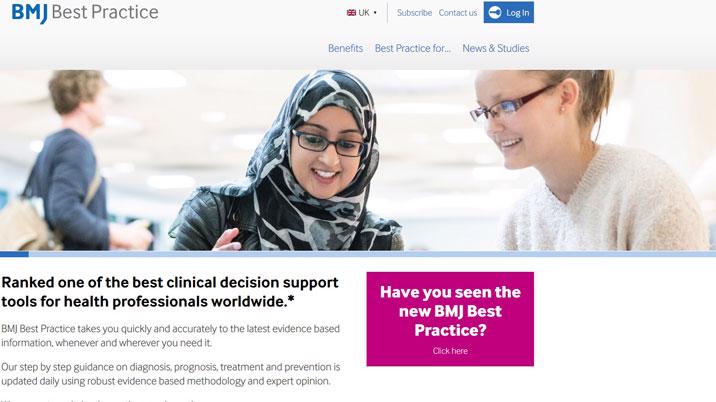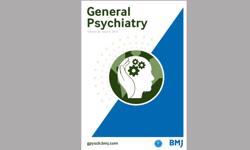
Ranked one of the leading clinical decision support tools worldwide, BMJ Best Practice draws on the latest evidence-based research, guidelines and expert opinion to offer step-by-step guidance on diagnosis, prognosis, treatment and prevention.
The new Best Practice has been developed and tested with hundreds of healthcare professionals around the world with a focus on their key needs. As a result, says BMJ, it is better placed to support decision making at the point of care.
For example, doctors said they wanted to find the latest information information quickly and easily, whenever and wherever they need it. The new BMJ Best Practice delivers on this. Information is updated daily with drug alerts added within 48 hours of publication and practice-changing updates within 30 days to ensure doctors have the latest guidance at hand. The site supports searching in over 100 languages.
The website navigation and pages have been redesigned to make finding information quicker - and the app works offline, providing access anywhere.
Other significant features, continues BMJ, include the addition of procedural videos, nearly 400 patient leaflets, over 250 evidence-based medical calculators, integrated links to Cochrane Clinical Answers and improved differential diagnosis tables and treatment algorithms.
“We have spent hours with clinicians, watching how they work and listening to their needs,” says Luisa Dillner, Head of Research and Development at BMJ. “We are confident that we've now created a clinical decision support tool that gets clinicians to the information they need as fast as possible. Our newly designed differential diagnosis section and treatment algorithms as well as our highly-rated app support doctors better than ever.”
Louise Crowe, Director, BMJ Knowledge said: “One of BMJ’s core values is to be patient-centred and customer-focused. By providing quick and easy access to the highest quality, evidence-based information, BMJ Best Practice not only supports busy clinicians at the point of care, but plays a crucial role in improving patient outcomes and achieving our vision of a healthier world.”
Links / further reading: Watch a video outlining the changes










